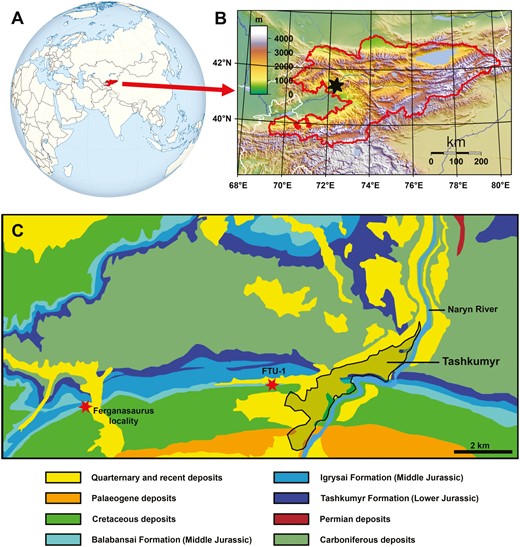2024-08-22 カリフォルニア大学バークレー校(UCB)
<関連情報>
- https://news.berkeley.edu/2024/08/22/creature-the-size-of-a-dust-grain-found-hiding-in-californias-mono-lake/
- https://journals.asm.org/doi/10.1128/mbio.01623-24
モノ湖に生息する大型のコロニアル襟鞭毛藻は生きたバクテリアを保有している A large colonial choanoflagellate from Mono Lake harbors live bacteria
K. H. Hake, P. T. West, K. McDonald, D. Laundon, J. Reyes-Rivera, A. Garcia De Las Bayonas, C. Feng, P. Burkhardt, D. J. Richter, J. F. Banfield, N. King
mBio Published:14 August 2024
DOI:https://doi.org/10.1128/mbio.01623-24

ABSTRACT
As the closest living relatives of animals, choanoflagellates offer insights into the ancestry of animal cell physiology. Here, we report the isolation and characterization of a colonial choanoflagellate from Mono Lake, California. The choanoflagellate forms large spherical colonies that are an order of magnitude larger than those formed by the closely related choanoflagellate Salpingoeca rosetta. In cultures maintained in the laboratory, the lumen of the spherical colony is filled with a branched network of extracellular matrix and colonized by bacteria, including diverse Gammaproteobacteria and Alphaproteobacteria. We propose to erect Barroeca monosierra gen. nov., sp. nov. Hake, Burkhardt, Richter, and King to accommodate this extremophile choanoflagellate. The physical association between bacteria and B. monosierra in culture presents a new experimental model for investigating interactions among bacteria and eukaryotes. Future work will investigate the nature of these interactions in wild populations and the mechanisms underpinning the colonization of B. monosierra spheres by bacteria.

